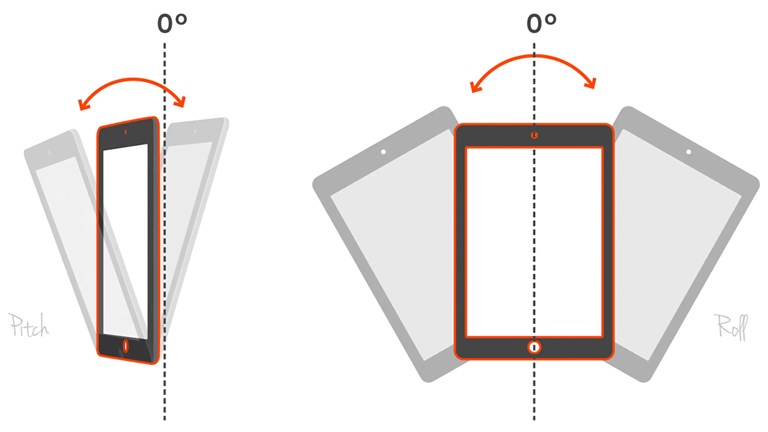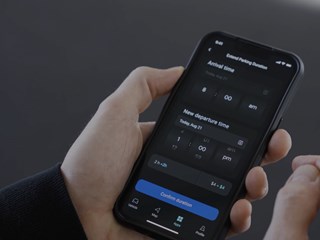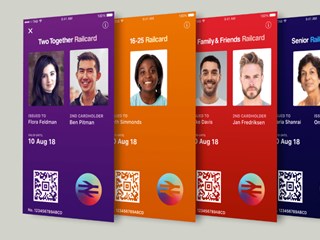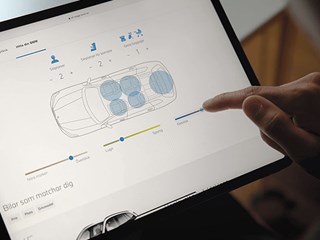The interface for Decelerator is about more than just good looks.
The streamlined interface directs users efficiently through the app’s different stages: from setup to completing a brake test and sharing the results. Subtle, bespoke animations and interactions bring Decelerator to life, helping users to understand when to provide input, and how to interpret test results.
The design of Decelerator required the team to build a deep understanding of the conditions in which the app would be used — something that would have been impossible without close collaboration with TfL staff, and in-situ user testing. This process revealed a wealth of invaluable insight that shaped the design of the app.
An early iteration of the interface, for example, incorporated a bright visual theme. This was popular with users but, when tested underground, created too much glare. This potentially hazardous problem was resolved quickly, thanks to the app’s centrally defined visual styles. A darker, less distracting visual theme was adopted in a matter of minutes, ready for immediate testing.
Continuing TfL’s long history of global firsts and pioneering innovation, Decelerator is the first app of its kind anywhere in the world. In 2017, it was piloted across three underground lines. For Year One, we aimed to reduce the number of trains removed from service by a minimum of 75%. This represented anticipated savings of £300,000 on these three lines alone, not to mention a dramatic reduction in lost customer hours, a key metric for TfL.
This is just the start of the potential savings Decelerator stands to make. Rolled out across the entire Underground network, and extended to other areas of transport, Decelerator has the capacity to save millions of pounds per year for TfL.










